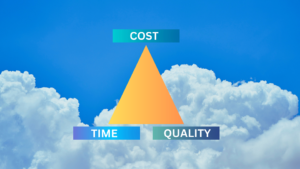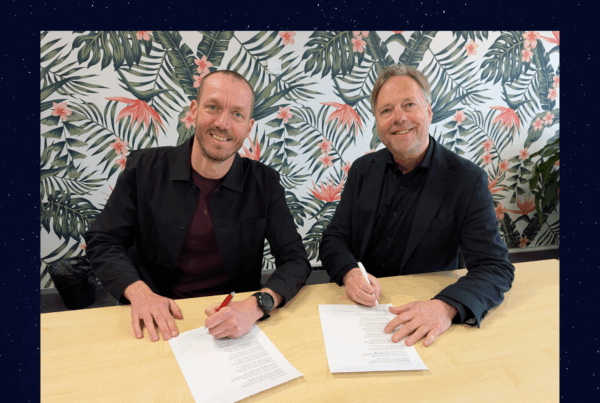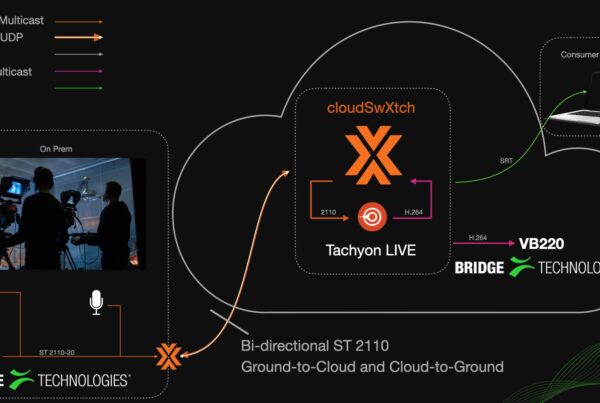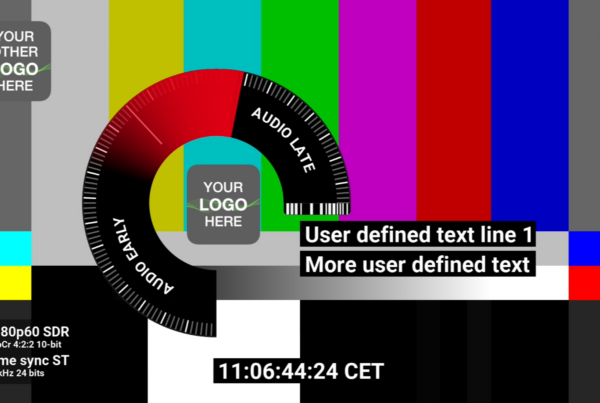And why it isn’t.
Blog
When blue sky thinking gets cloudy
We have talked before in a previous blog about the endless acronyms that appear in technology markets. One you might not have heard much about is IPoAC . Developed in 1990 by D. Waitzman, it represented a significant advancement over existing protocols, and had the potential to revolutionize the transmission of wireless data.
Except it didn’t. IPoAC was released in 1990 on April the First and stands for ‘IP over Avian Carriers’. In essence: pigeon wi-fi. It’s a joke that many have run with; in 2001 a group of easily amused Norwegians undertook a trial implementation of the protocol (officially listed as RFC 1149) where they attempted the transfer of nine packets of data by pigeon. Unfortunately, the packet loss ratio was 55% (some of the pigeons became a little… distracted) and the ping time achieved was between 3211 to 6389 seconds. So, reliability and latency were not exactly what you would call… optimized.
Whilst undoubtedly all a bit of fun, it shows how instinctive the idea of looking to the sky for technological solutions is (or a company name, for that matter…). So, it comes as no surprise that one of the biggest technological advancements of the last decade has also been named according to the skies above: The Cloud.
Cloudy skies with a chance of… remarkable growth
The rise of Cloud computing over the last five years has been astronomical, and is only set to continue, with estimates that by 2025, there will be over 100 zettabytes of data in the cloud (keep in mind: one zettabyte is equal to a trillion gigabytes).
And this potential extends to the broadcast chain also, whether it be production, storage, transport, playout, distribution or management. The most powerful of these opportunities arises from the fact that the Cloud facilitates engagement in geographically dispersed areas without the need for all the equipment or all the people to be present in the same facility. This has knock-on implications not just in terms of what can be produced, but how reliably, efficiently and effectively it can be done: locations that would have been impossible to shoot from live are now open to audiences; and teams of global professionals who logistically could have never coordinated to work in the same location can now collaborate.
Moreover, the Cloud gives broadcasters across every part of the chain unrivalled flexibility – eliminating the need to fix their choice on a single installation or standard, which previously might have left them burdened with expensive legacy systems and no budget to make future changes, and no capacity to scale (both up and down) in line with business.
All good things come at a price
With these glowing opportunities outlined in relation to what the Cloud can offer, it’s no wonder that it is being treated as the singular future of the internet – and of the broadcast industry specifically. And at Sencore, we truly believe the Cloud will be of vital importance as the industry moves on. But we also recognise that even something as promising as the Cloud comes with its own limitations. And it’s important to keep these in mind when developing technological strategy for the future of your broadcast business.
 You’ve probably heard of the ‘Golden Triangle’ – a term frequently deployed in construction, but more generally in project management of all types. The Golden Triangle suggests at in any given project, there will always be some form of trade-off between elements of cost, time and quality.
You’ve probably heard of the ‘Golden Triangle’ – a term frequently deployed in construction, but more generally in project management of all types. The Golden Triangle suggests at in any given project, there will always be some form of trade-off between elements of cost, time and quality.
Remarkable advances in technology in the broadcast market mean that in many ways, the triangle is shrinking: we are closer – as an industry – to attaining all three in ideal combination: the speed we do things, the time it takes, and the quality we do them at.
But ultimately, trade-offs in priority still exist – and this goes particularly for intensive activities related to encoding and transcoding. These undertakings are data processing monsters. Which means that whilst they can be performed in the Cloud, this isn’t always the optimum location to do so. Broadcasters need to think carefully about exactly what their priorities are, and whether the flexibility offered by the Cloud warrants a compromise in any one of the three CTQ corners. Which, in the case of live broadcast – which cannot afford to compromise time or quality – will inevitably be cost, with the remote cloud-based processing power demanded coming at a high price.
Leveraging the best of both worlds
This is why we approached the development of Centra from two viewpoints. First, whilst making it available as a SaaS application through the Cloud, we’ve also ensured it can be installed as a COTS solution using on-site hardware for any extra ‘oomph’ that might be needed.
But far more than this, what we’ve done is sought to develop Centra as something far more than a ‘mere’ protocol conversion tool – though it is extensive in its capabilities on that front, working to convert and transmit a vast range of protocols, including RIST, SRT, Zixi, and HLS, along with MPEG over IP, whilst also monitoring latency metrics and optimize transport according to resources and need.
Instead – or perhaps more accurately, as well – what Centra represents is a coordinated management tool for these operations whether they are being undertaken in the Cloud or on dedicated hardware. Centra will be developing over the course of the year to become a singular, centralised device management and control platform that allows for extensive fleets of hardware and software to be overseen from any remote location – automating tasks, flagging errors and making complex control simpler than ever. Effectively, a turnkey management solution across all devices, allowing not only streaming control and conversion for the aforementioned standards, but the management, upgrade, tracking and rectification of complete installations – whether that’s on a global broadcast scale, or within a smaller enterprise operation.
This allows our users to take advantage of both the extensive range of devoted hardware solutions we have within the Centra range (and the years of knowledge and expertise that have gone into them), and the advantages of centralized, flexible, Cloud-based management and operations. It’s about maximizing flexibility in order to tackle all elements of the triangle at one: cost, time and quality.
At Sencore, we believe strongly in the power of the Cloud and the potential it has to revolutionize the broadcast industry – but we know that the best way to leverage its power is to play to its strengths as well as to our own. Connect with us and find out more about our pigeon-free, Cloud-based approach to the future.





